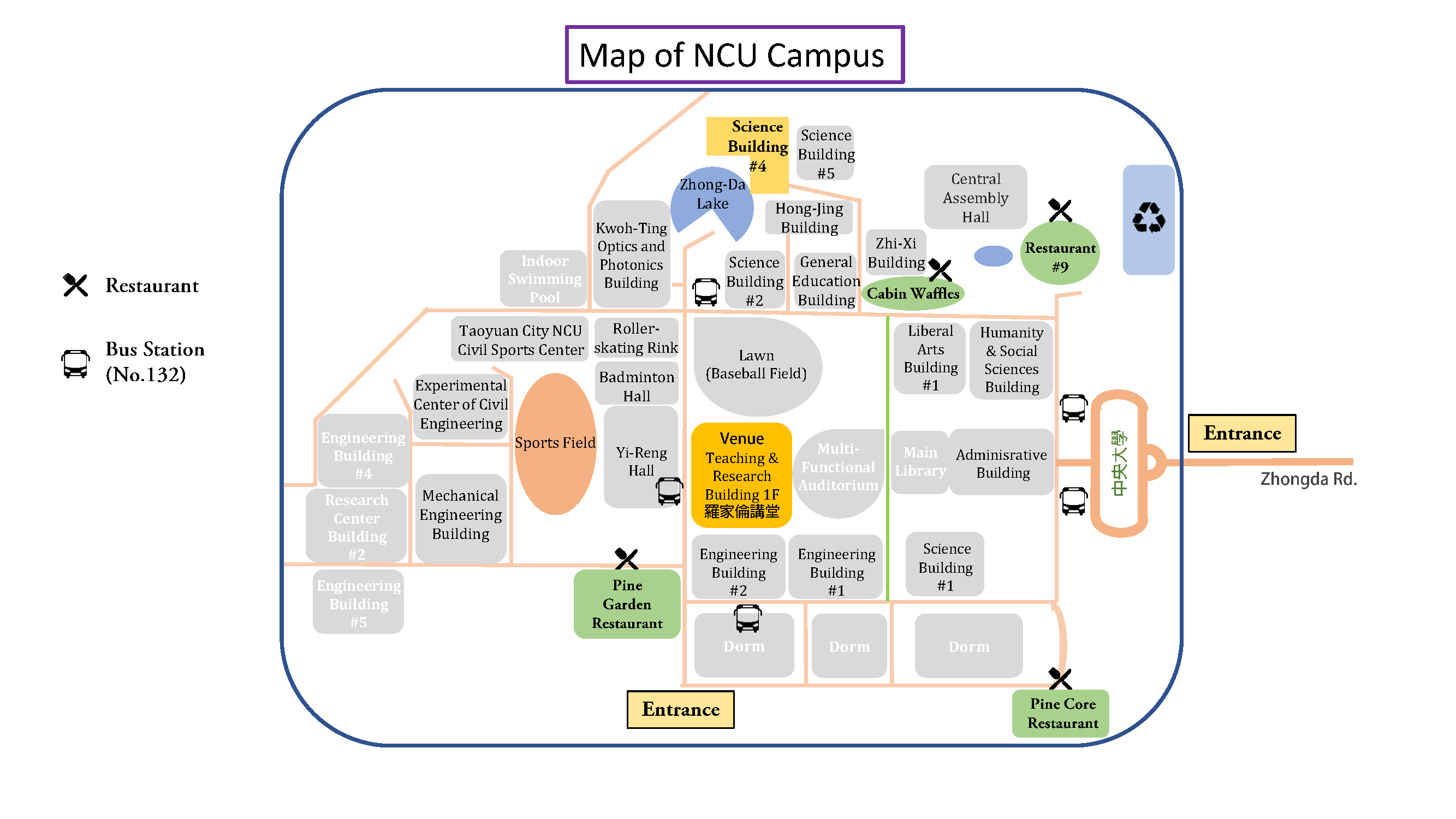New Frontiers in Observational Cosmology with Gravitational Waves and Cosmic Microwave Background (GW-CMB 2025)
國立中央大學 教学研究総合大楼 羅家倫講堂
National Central University
Overview
We live in an era striving to uncover the origin of the Universe through observation. A century after Hubble’s discovery of cosmic expansion, our instruments have advanced dramatically. Through diverse probes—the cosmic microwave background (CMB), galaxy surveys, supernovae, and gravitational waves—the Universe’s history has become a subject of direct measurement rather than theory.
Cosmology has entered a stage where precision observations open new physics, and at its frontier lies the search for the stochastic gravitational-wave background (SGWB).
Within the next five years, two landmark discoveries may be within reach:
(1) primordial gravitational waves from inflation or cosmological phase transitions; and
(2) an astrophysical SGWB from compact binary mergers across cosmic time.
These goals unite cosmology and gravitational-wave astronomy, driving international efforts such as LIGO–Virgo–KAGRA and the Simons Observatory toward the next breakthrough.
In this mini-workshop, we explore the combined impact of GW and CMB observations on the emerging Gravitational-Wave Landscape, the cosmology and astrophysics they enable, and new ideas for cross-correlations with other probes.
The program mainly consists of invited talks, but we can accept poster presentations and a few short oral presentations.
Organizers
Chiang-Mei Chen (NCU), Yi-Kuan Chiang (ASIAA), Masashi Hazumi (NCU, KEK), Yuki Inoue (NCU, ASIAA), Albert Kong (NTHU), Chia Ming Kuo (NCU), Teppei Okumura (ASIAA), Chia-Hsien Shen (NTU, LeCosPA), Keiichi Umetsu (ASIAA)
Confirmed speakers:
- Yi-Kuan Chiang (ASIAA)
- Yuji Chinone (KEK)
- Shouvik Roy Choudhury (ASIAA)
- Giacomo Galloni (Ferrara)
- Tomo Goto (NTHU)
- Colin Hill (Columbia)
- Yuki Inoue (NCU, ASIoP)
- Teppei Okumura (ASIAA)
- Daiki Tanabe (ASIoP)
- Keiichi Umetsu (ASIAA)
- Viona Wei (NCU)
- More to be announced...
Sponsors
This workshop is sponsored by the Center for High Energy and High Field Physics (CHiP) and is supported by the Physical Society of Taiwan (TPS) and 中華民國重力學會(GSROC).
Code of Conduct
We follow the Code of Conduct of the Physical Society of Taiwan (TPS).
Campus map

